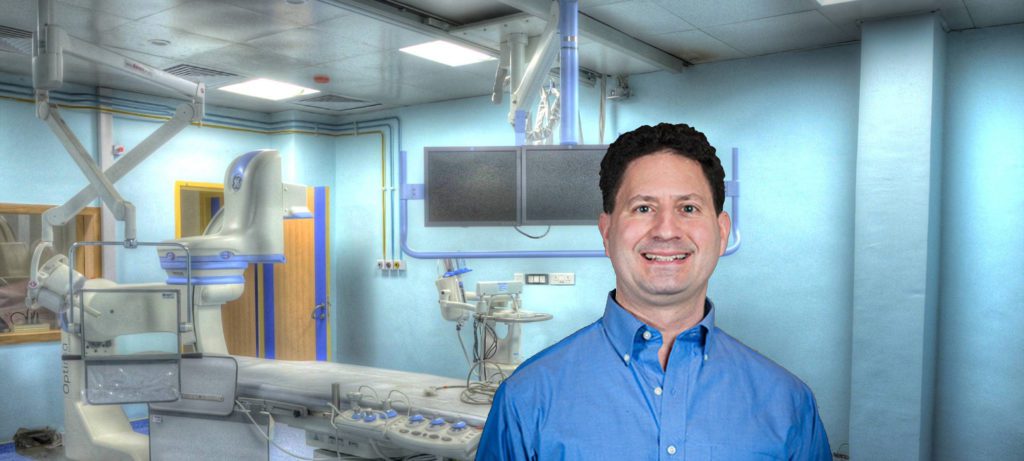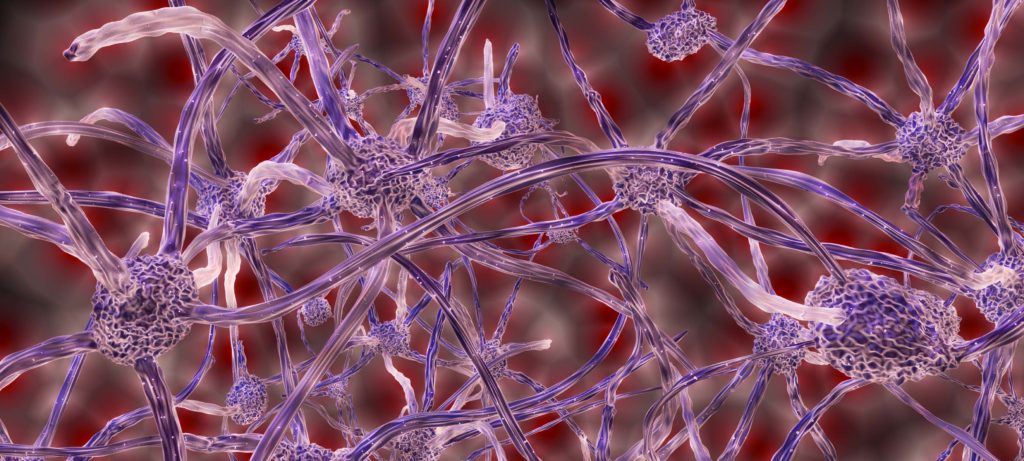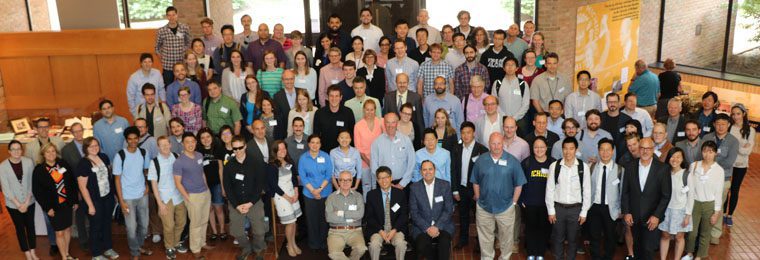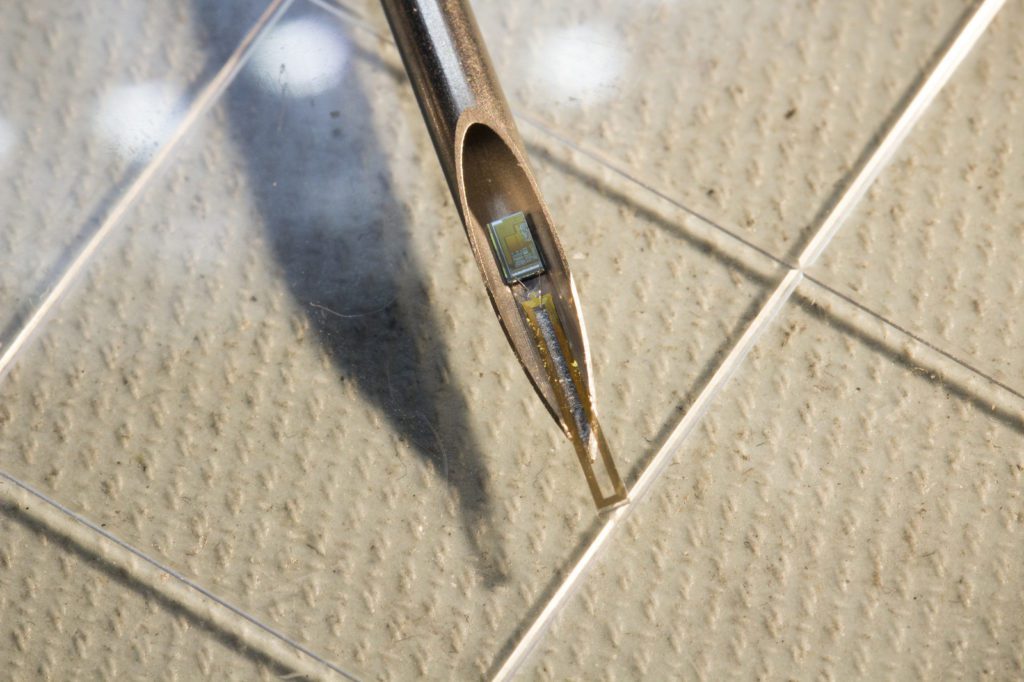With a bit of metal, nanoparticles shine in colors based on size.


With a bit of metal, nanoparticles shine in colors based on size.

An expert health sciences entrepreneur, Rich is ready to repeat success with revolutionary technology.

SPARC awarded $1M to a U-M project developing better nerve mapping.

Award for outstanding doctoral candidates near the end of their study.

Prof. Todd Coleman’s group is tackling the challenging problem of getting high-fidelity monitoring to work affordably at home.
Some believed early Michigan brain researchers were engaging in “science fiction” – until development of an advanced tool for forging breakthroughs proved them wrong.
The post The Michigan Probe: Changing the Course of Brain Research appeared first on Michigan Engineering News.

A new tool for making sense of the cells believed to cause cancer relapses and metastases.

IPAN sent eight undergraduates to Germany for a month of lab work, learning about the intricacies of the brain.

ICAN bring engineers and neuroscientists together to review the recent advancement in neurotechnology and neuroscience, define the need for next-generation tools, and enhance the translation of technology to the scientific community.

With a radio specifically designed to communicate through tissue, researchers from the Electrical and Computer Engineering are adding another level to a computer platform small enough to fit inside a medical grade syringe.